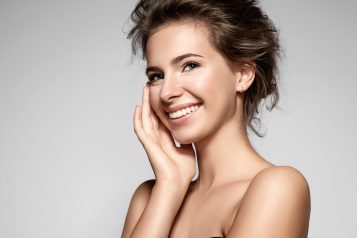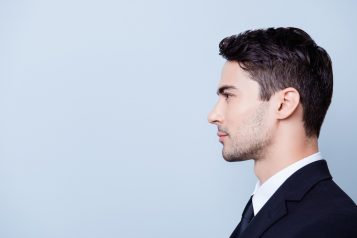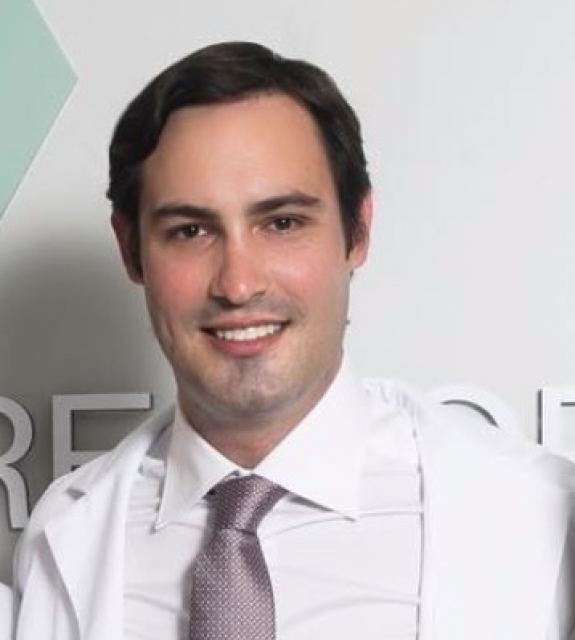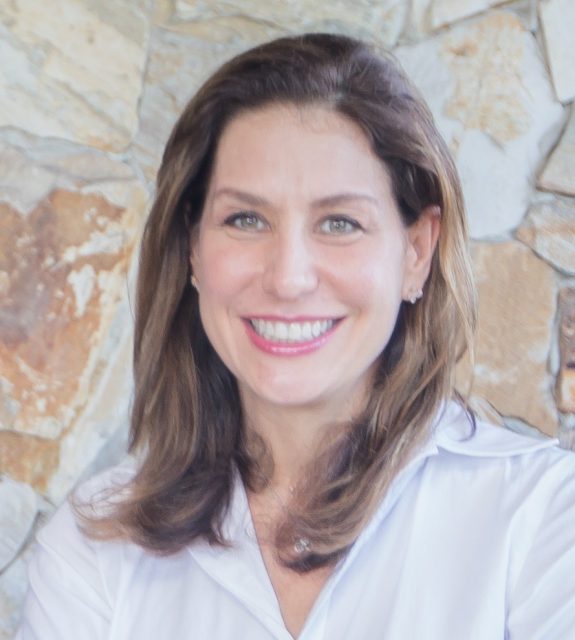If you already receive PRP treatment for hair loss, you might wonder how to make the most out of the treatments. Here, Dr. Demetri Arnaoutakis dishes to Haute Beauty on his number one tip for preventing hair loss, what exactly PRP is and how to ensure you are receiving all of the possible benefits from PRP. Dr. Arnaoutakis specializes in facial plastic surgery and hair restoration. His favorite part about being a renowned plastic surgeon is helping his patients restore their confidence, whether it be aesthetically or functionally.

Haute Beauty: What is your number one tip to preventing hair loss?
Dr. Demetri Arnaoutakis: It is important to seek treatment as soon as you notice your hair start to thin or shed. Getting treatment for hair loss in the early stages can help minimize overall hair loss and even increase the odds of a treatment’s efficacy. Stress is one of the biggest culprits behind hair loss as it can cause the hair to stop growing and lead to excessive shedding. The hormones released when under states of stress are what disrupt the hair growth cycle. As a result of this disruption, the hair goes into a longer rest period which halts hair growth.
HB: Can you tell us a little bit more about PRP?
DA: PRP, or platelet-rich plasma, uses the platelets and growth factors from your own blood to stimulate hair growth. The first step in getting PRP is having your blood drawn and then spun in a centrifuge. Spinning the blood will separate out the red blood cells from the platelet rich plasma. Then, the plasma is drawn into syringes and injected into the scalp. Since the PRP is autologous (meaning coming from your own body), the risk of hypersensitivity or immunogenic reactions is significantly reduced. The growth factors within PRP promote healing and stimulate the hair follicle to begin a new growth cycle.
HB: Are there any new alternatives to PRP for hair rejuvenation?
DA: Although studies are limited, PRF (platelet rich fibrin) represents a new step in the platelet gel therapeutic concept with simplified processing. In contrast to PRP, PRF isolates platelets and plasma after the first centrifugation itself without the need for anticoagulants. It still contains various growth factors to increase hair density and stimulate follicular unit growth. One study showed it even played a key role in transplanted hair follicle retention.
HB: How many sessions does it take to get desired volume?
DA: For the best results, patients are treated with at least 3 to 4 intradermal injections of PRP into the scalp, each set spaced 4 to 5 weeks apart. Following this initial sequence of injections, patients are then reevaluated for results. Responders are then given the option to continue injections every 4 to 6 months apart for persistent effect. Of course, we encourage patients to continue their other medical haie restoration medications (ie, rogaine or propecia) during the treatments.

HB: What is your favorite way to prepare for fall?
DA: Growing up in Florida, college football is a big deal down here. We have so many universities with great programs year in and year out. As a graduate of the University of Florida College of Medicine, I enjoy cheering on my beloved Florida Gators.
HB: Where was your favorite travel destination this summer and why?
DA: I spent a week in Mykonos, Greece this summer and loved it. My heritage is Greek and traveled there frequently during my adolescent years. Not only is the food delicious and healthy, but the culture is rich and vibrant. I do my best to speak Greek with the locals as well. Highly recommend visiting!
























